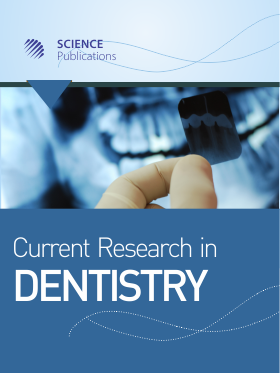Sclerostin: A Novel Key to Bone and Dental Treatment
- 1 Università di Parma Via Gramsci, Italy
- 2 Università di Parma, Italy
Abstract
Problem statement: Tooth loss can induce dramatical remodeling of alveolar bone because of mechanical loading impairment and strategies to help maintain adequate bone levels for subsequent therapies are sorely needed. Recent discoveries have shown that osteocytes, matrix-embedded cells in bone, respond to mechanical stimulation by modulating the expression of the Sost gene, which encodes for the protein sclerostin. This protein can oppose the WNT canonical pathway, a signaling cascade which regulates osteoblastic differentiation and bone homeostasis and thus orchestrate bone turn-over according to the skeleton’s mechanical needs. Conclusion: Experimental attempts at Sclerostin inhibition have provided interesting data on a novel approach to decrease bone resorption and promote bone formation, with important implications for the orthopedic and dental field.
DOI: https://doi.org/10.3844/crdsp.2012.18.26

- 6,785 Views
- 5,046 Downloads
- 0 Citations
Download
Keywords
- Sost protein
- osteocyte
- alveolar bone loss
